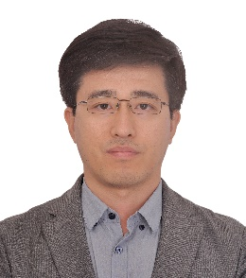
TFT-based active sensors and sensor interfaces
Kai Wang
Sun Yat-sen University, China
Abstract: TFT-based sensors and senor interfaces have become a viable technical presence in large area electronics. They interact with environment and/or humans for data acquisition and signal pre-processing prior to CMOS-based peripheral electronics. “Active” sensors differ from “passive” sensors in that their signal-to-noise ratio can be improved by integrating TFT-based pre-amplifiers. This tutorial starts with an introduction on technical requirements and challenges faced in some exemplary applications including large area imagers, tactile sensors and wearable sensors, and followed by an overview on TFT-based circuit designs to enable efficient sensor interfaces along with a discussion on TFT-centric circuit design methodology.
Biography:Kai Wang is currently a full professor in the School of Electronics and Information Technology at Sun Yat-Sen University in China. He earned his Ph. D. degree from the University of Waterloo, Waterloo, Canada in 2008 and was thereafter appointed as a NSERC postdoctoral fellow in Thunder Bay Health Science Centre, Thunder Bay, Canada where he conducted research on flat-panel X-ray detectors until he joined Apple Inc. in the US as a senior hardware development engineer. He then worked in the Department of Electrical and Computer Engineering at Carnegie Mellon University in the US as an adjunct professor before joining Sun Yat-sen University in 2014. His current research focuses on emerging applications of thin-film transistors for non-display applications. He has published over 100 journal papers/conference proceedings and coauthored over 30 patents.
